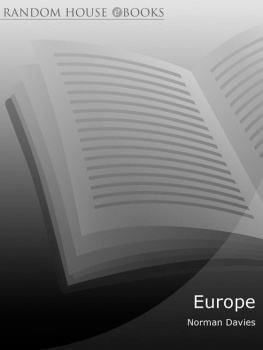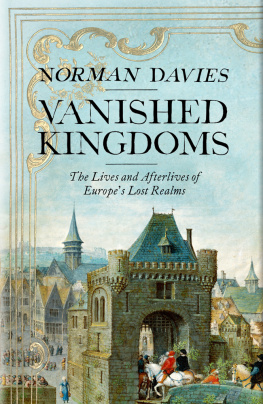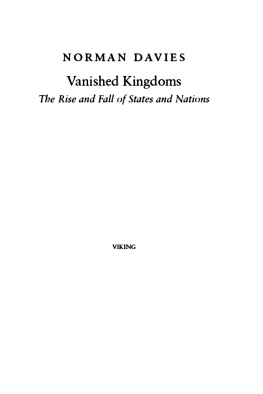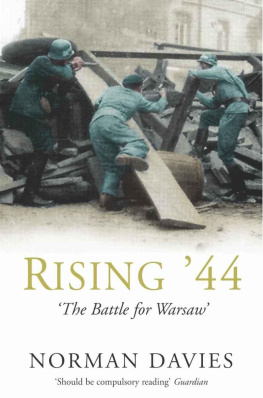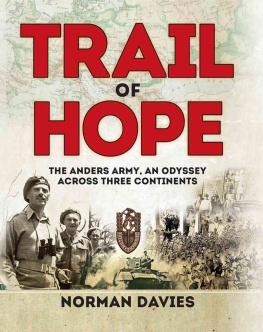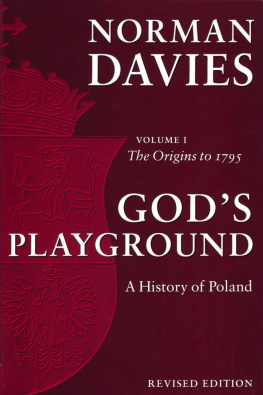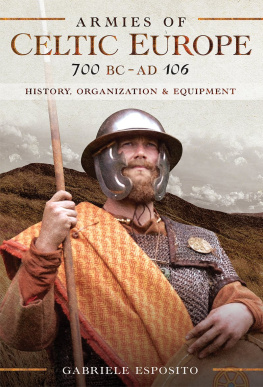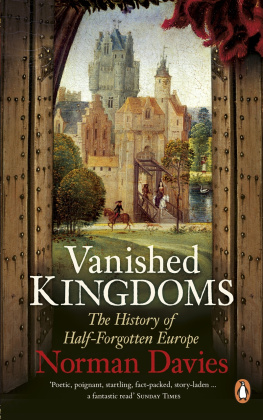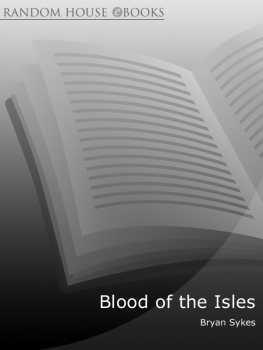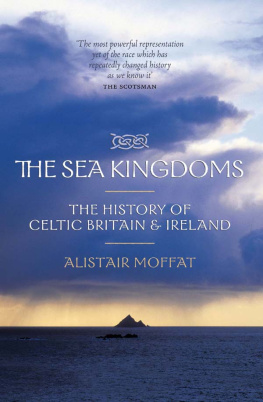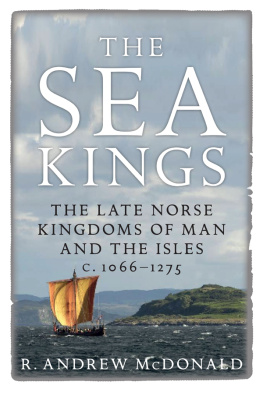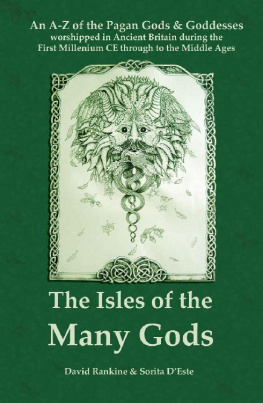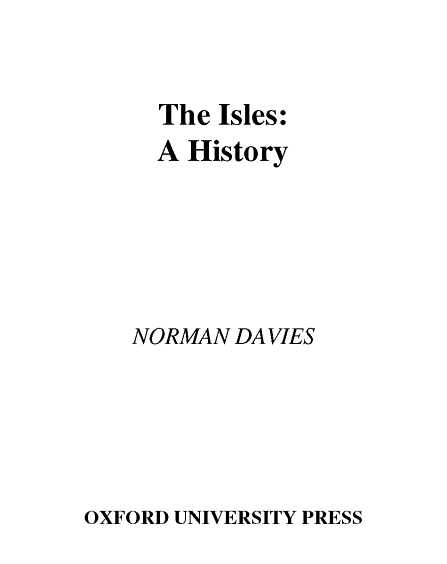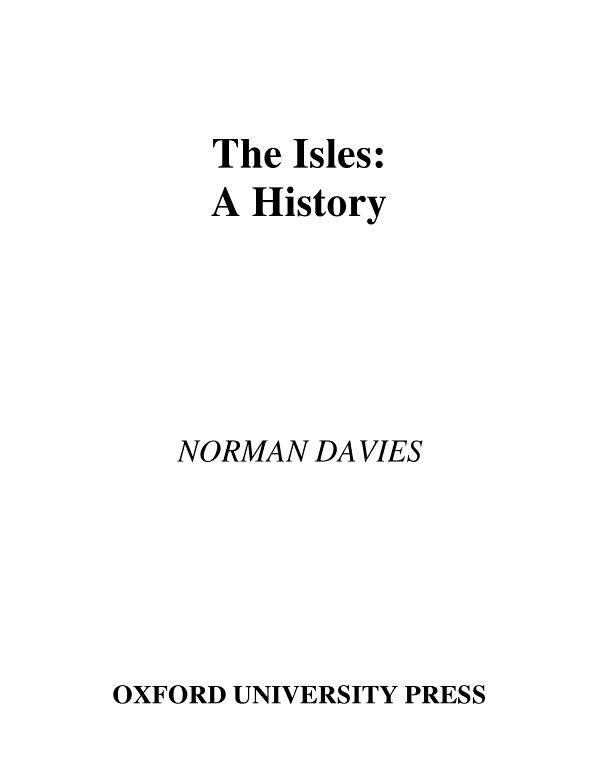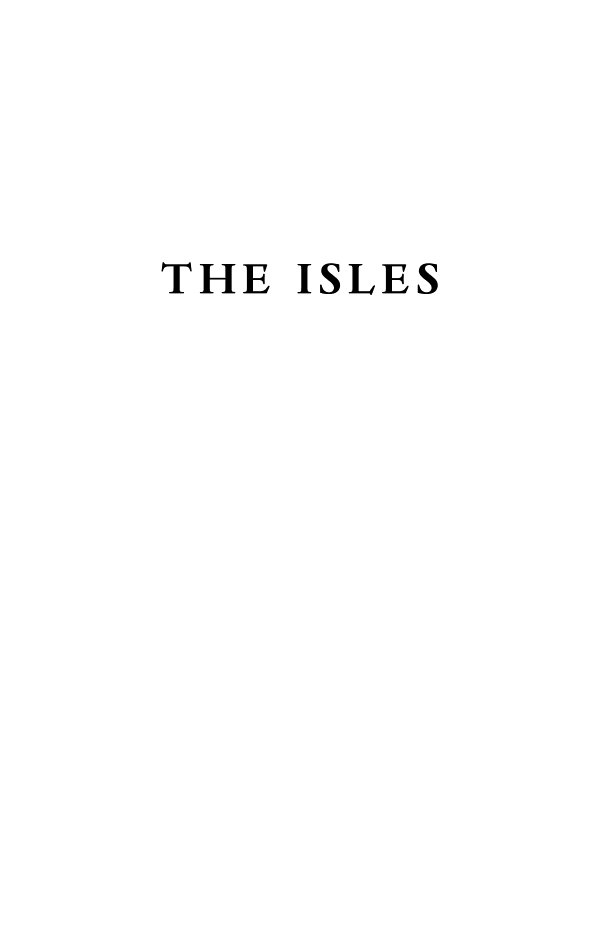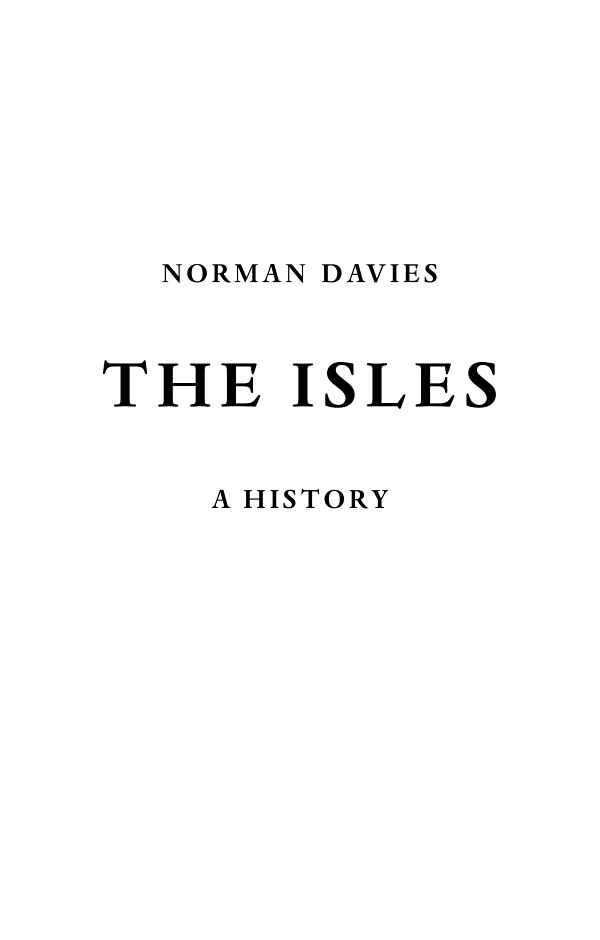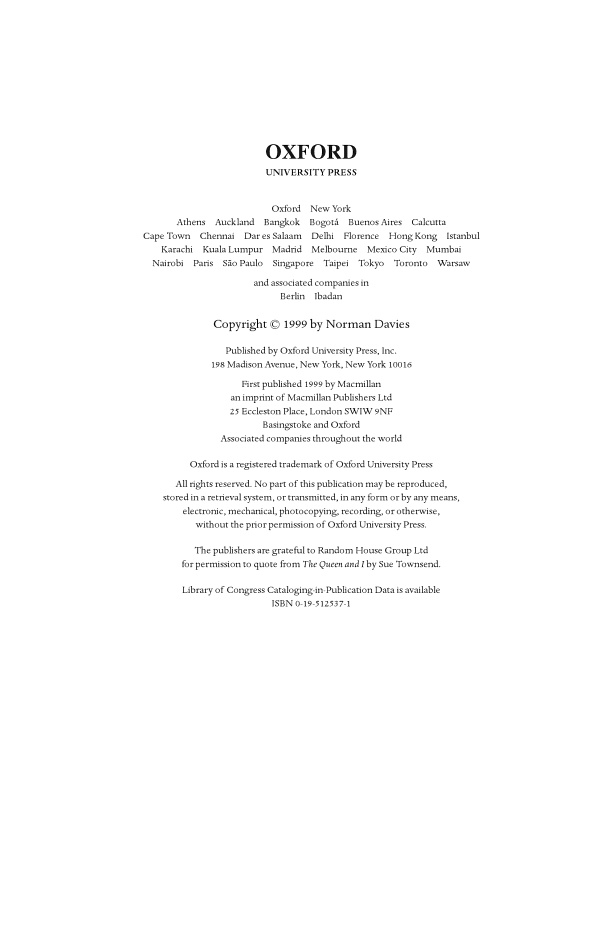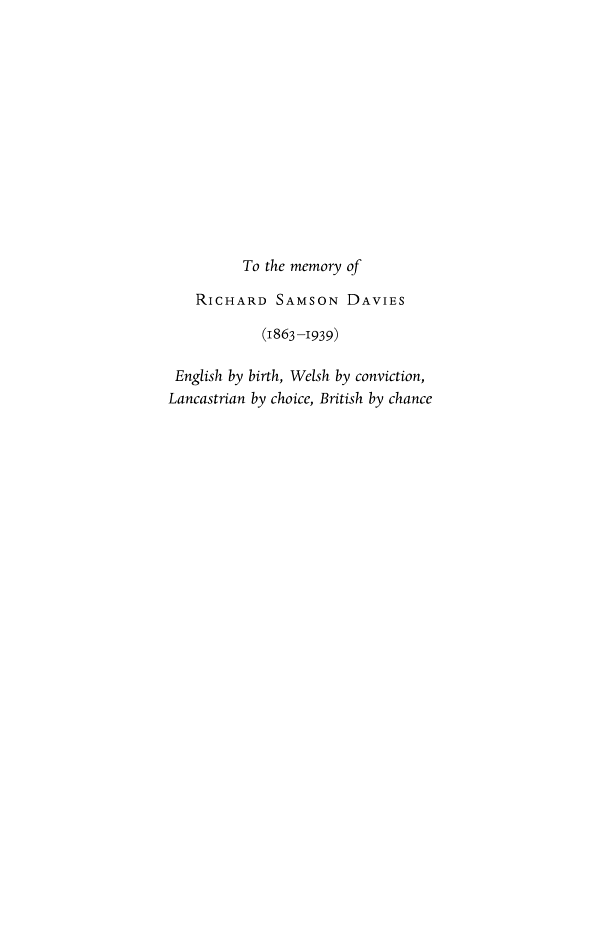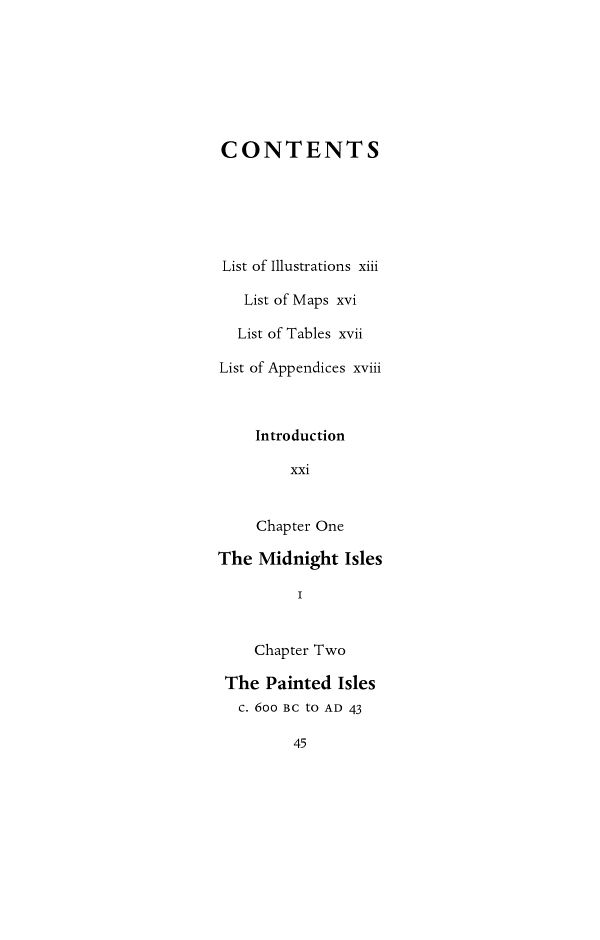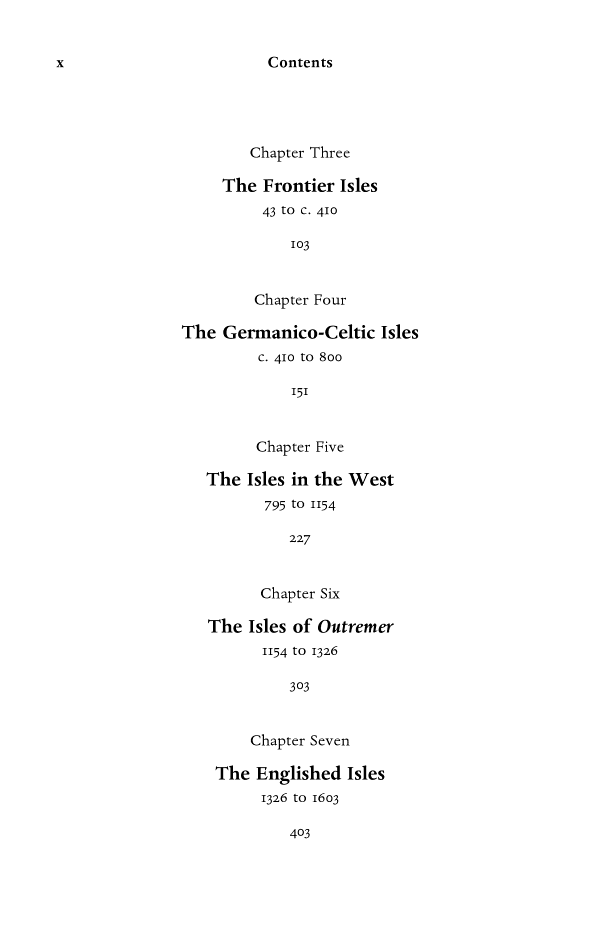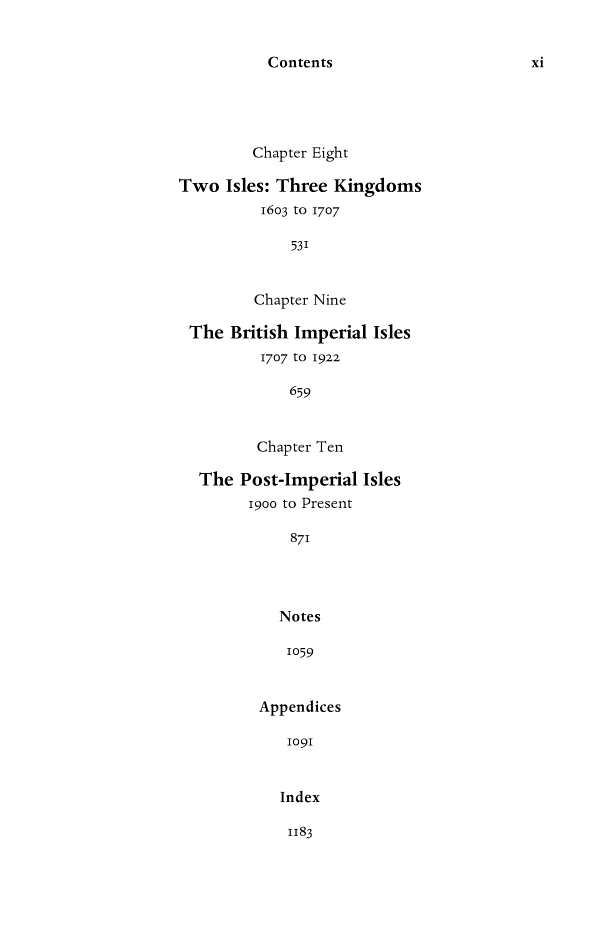Norman Davies - The Isles: A History
Here you can read online Norman Davies - The Isles: A History full text of the book (entire story) in english for free. Download pdf and epub, get meaning, cover and reviews about this ebook. year: 2000, publisher: Oxford University Press, USA, genre: Religion. Description of the work, (preface) as well as reviews are available. Best literature library LitArk.com created for fans of good reading and offers a wide selection of genres:
Romance novel
Science fiction
Adventure
Detective
Science
History
Home and family
Prose
Art
Politics
Computer
Non-fiction
Religion
Business
Children
Humor
Choose a favorite category and find really read worthwhile books. Enjoy immersion in the world of imagination, feel the emotions of the characters or learn something new for yourself, make an fascinating discovery.

- Book:The Isles: A History
- Author:
- Publisher:Oxford University Press, USA
- Genre:
- Year:2000
- Rating:5 / 5
- Favourites:Add to favourites
- Your mark:
The Isles: A History: summary, description and annotation
We offer to read an annotation, description, summary or preface (depends on what the author of the book "The Isles: A History" wrote himself). If you haven't found the necessary information about the book — write in the comments, we will try to find it.
At every stage, The Isles connects offshore development with parallel events on the Continent. This richly layered history begins with the Celtic Supremacy in the last centuries BC, which is presented in the light of a Celtic world stretching all the way from Iberia to Asia Minor. Roman Britain is seen not as a unique phenomenon but as similar to the other frontier regions of the Roman Empire, such as Germany. The Viking Age is viewed not only through the eyes of the invaded but from the standpoint of the invaders themselves--Norse, Danes, and Normans. Plantagenet England is perceived, like the Kingdom of Jerusalem, as an extension of medieval France. In the later chapters, Davies follows the growth of the United Kingdom and charts the rise and fall of the main pillars of `Britishness--the Royal Navy, the Westminster Parliament, the Constitutional Monarchy, the Aristocracy, the Protestant Supremacy, the British Empire, the imperial economy and sterling area, and the English Language.
The book ends with the crisis confronting Britain now--the emergence of the European Union. As the elements that make up the historic Britishness dissolve, Davies shows how public confusion is one of the most potent factors in this process of disintegration. As the Republic of Ireland prospers, and power in the United Kingdom is devolved, he predicts that the coming crisis in the British State may well be its last.
This holistic approach challenges the traditional nationalist picture of a thousand years of eternal England--a unique country formed at an early date by Anglo-Saxon kings which evolved in isolation and, except for the Norman Conquest, was only marginally affected by continental affairs. The result is a new picture of the Isles, one of four continents--England, Ireland, Scotland and Wales--constantly buffeted by continental storms and repeatedly transformed by them. Illuminated by the same clarity and piercing originality that distinguished Europe: A History, The Isles will become an agenda-setting book, one that will encourage a reassessment of what it means to be British while sparking debate about ideas of national identity and sovereignty.
Norman Davies: author's other books
Who wrote The Isles: A History? Find out the surname, the name of the author of the book and a list of all author's works by series.

